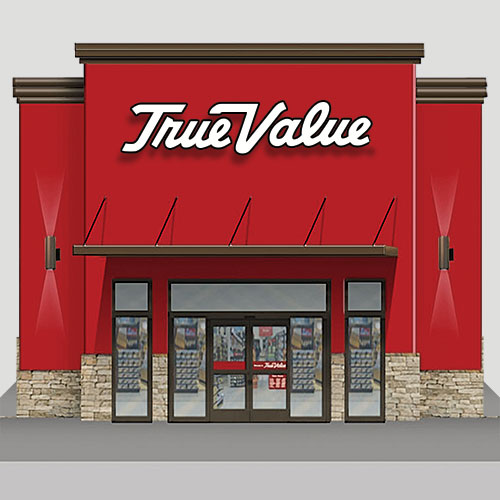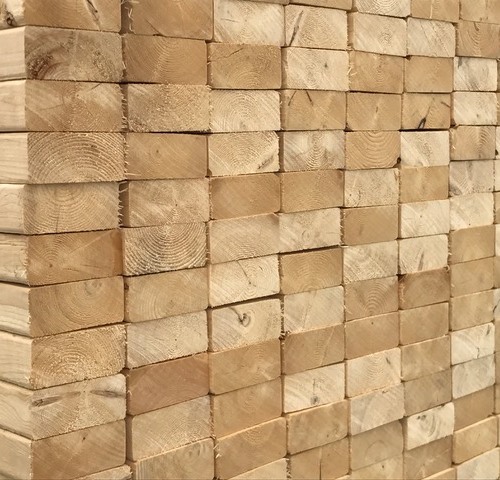Cabinet Catches
Cabinet catches not only keep doors closed, but they prevent them from sagging due to prolonged use. They come in several varieties including roller spring and magnetic. Roller spring catches are available with a single or a double roller. They operate quietly and are easy to install on most door and frame designs. Magnetic catches range in pull from 8-40 lbs. Quality magnetic catches feature a floating or self-adjusting action to ensure proper alignment and contact.
Deadbolt Locks
A deadbolt backs up a lockset on entry doors to provide maximum security. Better units have a stainless steel bolt with a roller insert. Cylinder locks have a pin tumbler locking mechanism in a cylinder. Most often used in new installations. A single-cylinder deadbolt is key-operated from the outside and manually operated from the inside. Good for solid metal or wood doors. Double-cylinder deadbolts insure safety with same key-operation from both sides. Good for doors with glass panes.
Door Closers
Door closers are different than a regular springs or spring hinges in that they close the door at a controlled speed. Common residential types have pneumatic or hydraulic piston closers that pull the door closed. When the door is opened, the spring is depressed that will activate the door to close. The piston controls the speed that the spring returns back to the original position. Better grades of closers speed up at the last few inches to insure a tight close.
Garage Door Openers
Garage door openers operate through a large motor unit that raises and lowers overhead doors after the command from a control unit. There are three types of drive mechanisms: bicycle-type chain and sprocket, plastic strip, and worm-screw drive. No design has been judged superior and all work well. Better units offer security codes, overhead lights, and economical models with a 1/4-hp motor, all models must incorporate an optical sensor that detects resistance when closing.
Hinges
A hinge consists of the leaves, knuckles, pin, tips and bearings. The leaves are the flat components with screw holes that fasten to the door and jamb. The knuckle is the cylinder that holds the leaves to the pin. A hinge can have from 2 to 5 knuckles depending on the size of the door. The tips project from the top and bottom of the hinge to keep the pin from coming out of the knuckle. Bearings are important in heavy-duty hinges because they lubricate and reduce friction on heavy-duty knuckles.
Padlocks
Padlocks provide portable security for movable items like bikes and boats, and in locations such as lockers and outdoor sheds. Pin-tumbler padlocks provide maximum security and laminated types are nearly unbreakable. Warded padlocks are a low cost alternative but provide weaker security. Hasps consist of a metal hinge and anchoring bolt to secure them to gates, sheds, and garages. High-security hasps have anchored eyebolts, pinless hinges, hardened steel anchoring loops and hidden screws.
Locks
Bored locksets are part of the basic door hardware that includes the locking mechanism built into the doorknob and latch. Cylinder locks have a pin tumbler locking mechanism in a cylinder. Warded locks are a low-cost alternative but do not provide a strong security. They offer superior weather resistance because of the lack of rotating internal parts and their simple construction. Combination locks offer good security and a wide price range to appeal to all do-it-yourselfers.



























